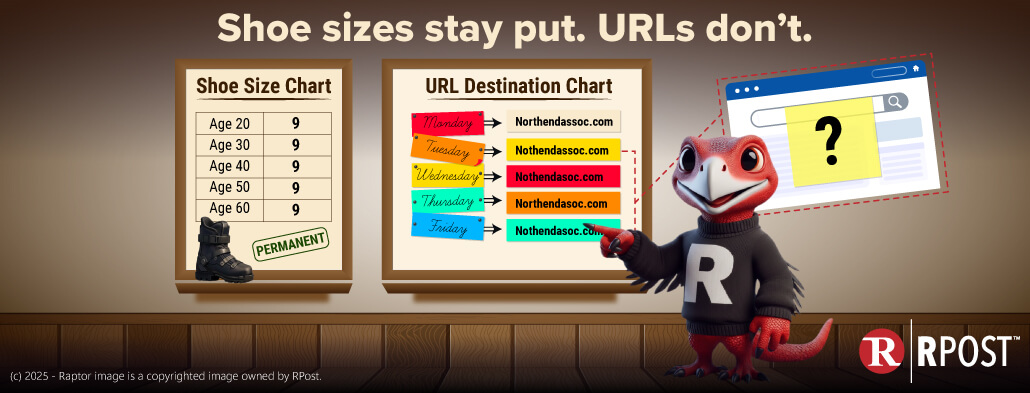
Consider in Zubulake v. UBS Warburg, a case focused on the duties of in-house and outside counsel related to litigation holds and document retention policies. Although UBS Warburg claimed to have issued and reissued litigation holds, the court concluded that “a party cannot reasonably be trusted to receive a litigation hold instruction once and to fully comply with it without the active supervision of counsel.” The court suggested instructions for in-house and outside counsel to follow as a means of demonstrating their “continuous efforts to satisfy the duty,” which includes: (1) issuing a litigation hold at the outset of litigation or whenever it is reasonably anticipated, including reissuing them periodically; (2) communicating directly and periodically with key players regarding preservation duty; and (3) instructing all employees to produce electronic copies of their relevant active files and to ensure that all backup media is identified and stored in a safe place.
Had UBS been able to clearly prove compliance with litigation hold requirements, UBS might not have been issued court sanctions and ultimately the plaintiff might not have been awarded $30.3 million in compensatory and punitive damages. If these litigation hold notices had been sent by RPost’s Registered Email™ message, counsel could have demonstrated that extra care was taken to ensure these notices were received with indications of high importance afforded by the Registered Email™ message markings. They also could have provided a verifiable record of active management of the litigation hold process through RPost’s Registered Email™ message receipts. The receipts would have demonstrated each re-issuing of the notices, individual follow-up on those notices where a level of delivery or opening was not satisfactory to counsel’s needs, and a record of the precise notice content specific to each recipient or group of recipients preserved in a third-party verifiable record.
For internal notices, perhaps internal systems could do this at least at a very basic level; but these notices also go to external parties where email archives do not record whether or not an email was successfully received and non-receipt of email bounce notices cannot be relied on as successful delivery of such notices. It is for these external notices where sending as Registered Email™ messages provide the greatest value. Further, internal and external system records are difficult to authenticate in terms of delivery with associated content and uniform timestamps in a form that cannot be later repudiated. The Registered Email™ message receipt provides necessary non-repudiation in the form of irrefutably court-admissible authentic records of compliance with litigation hold notice requirements, therefore mitigating any claims of negligence that might be asserted by others.
Large companies manage legal hold notices within these two frameworks:
a. Those with specialized Legal Hold Notice platforms. Here, sending Legal Hold Notices to recipients outside of the corporation as Registered Email™ messages extend the protection and records afforded by the Legal Hold Notice platform. If you use any of the legal hold notice platforms, you should request that they add the function to automatically send them by RPost Registered Email™ service, with the Registered Receipt™ records returned to storage within the platform. Click Here for the list of the leading legal hold notice platforms.
b. Those sending Legal Hold Notices from their standard email program such as Microsoft Outlook or Lotus Notes. Here, sending Legal Hold Notices to all recipients as Registered Email™ messages transforms your standard email program into a robust system for Legal Hold Notices with records, tracking, automation and proof. All inside counsel heads of litigation in Fortune 2000 companies should add the RPost “Send Registered” button to Outlook or Lotus Notes to send RPost Registered Email™ messages for Legal Hold Notices with tracking, automation and court-admissible records of compliance with court requirements.

December 26, 2025

December 19, 2025

December 12, 2025

December 05, 2025

November 21, 2025